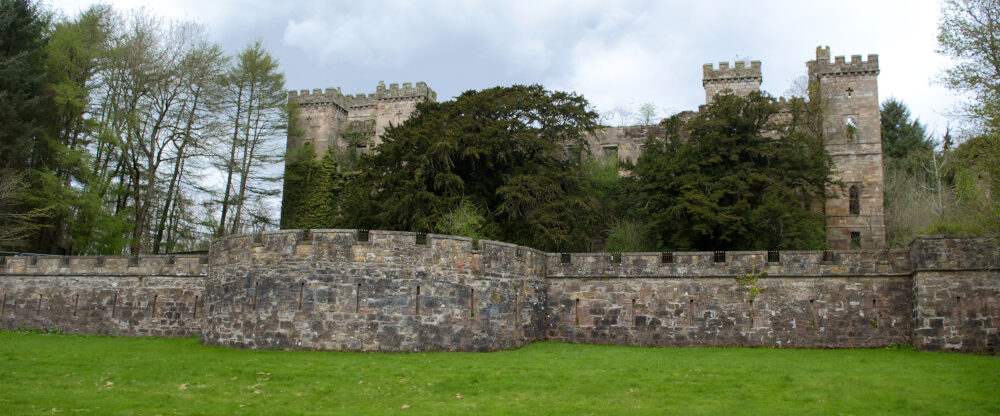The Hill House
The Hill House in Helensburgh was designed by the renowned Scottish architect Charles Rennie Mackintosh. It was built between 1902 and 1904 for publisher Walter Blackie and his family. It is considered a masterpiece of Mackintosh’s Style of architecture.
The house is located on a hilltop overlooking the River Clyde and is a unique blend of traditional Scottish architecture and modern design elements. It features a pitched roof, stucco walls, and a turret, as well as Mackintosh’s signature geometric patterns and decorative details
Inside, the house is full of natural light and features a central stairwell, spacious rooms, and a series of interconnected spaces that flow seamlessly together. The house is also renowned for its beautiful stained glass windows, which were designed by one of Mackintosh’s collaborators, Margaret Macdonald.
In the decades since its construction, the Hill House has become an iconic part of Helensburgh’s landscape and a popular attraction for visitors. It is now owned by the National Trust for Scotland, which has carefully restored and preserved the building for future generations.
The building does, however, have a serious flaw. During its construction, the wrong type of cement was used in the external rendering of the building. As a result,
water ingress has been a problem ever since it was built. The building has been described as dissolving like an aspirin in a glass of Water.
In order to rectify the problem, the building needs to be dried out before any repair work can commence. Being located in one of the wettest areas of Scotland, this is no easy task. The entire building has now been covered in a large metal structure to prevent the rain from being able to do further damage and give the structure time to properly dry out.
The top of the structure is a steel sheet roof. The walls are made from chainmail. This allows the structure to breathe whilst still keeping most of the water away from the building. This will buy the building time and help with the drying process. It is expected Hill House will take approximately 15 years to dry out before restoration work can commence.
Hill House is managed by the National Trust for Scotland.

